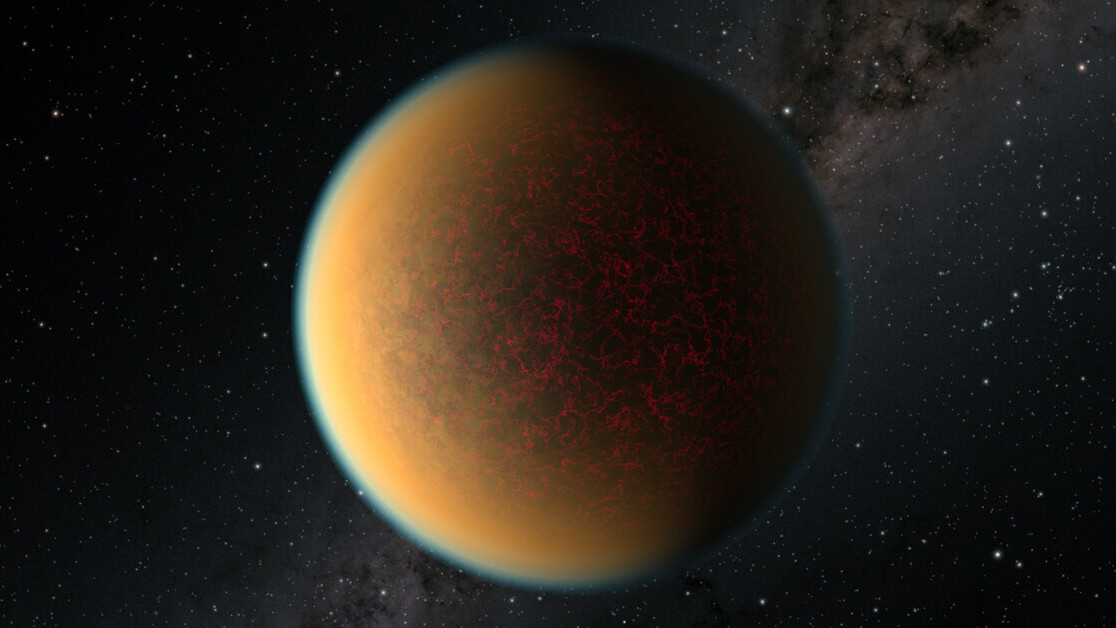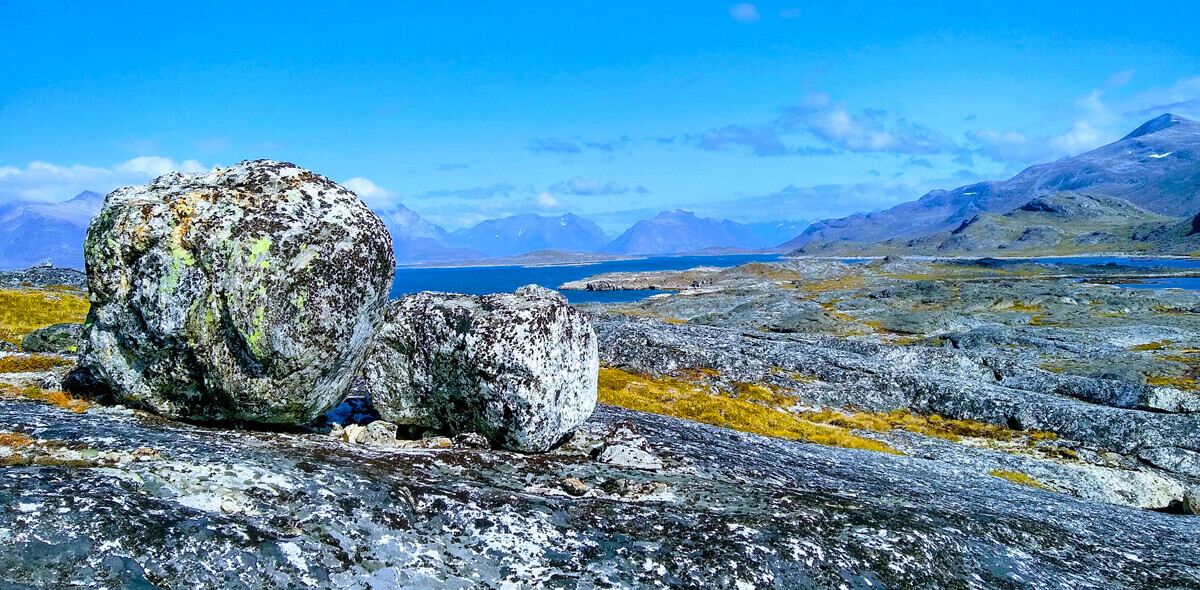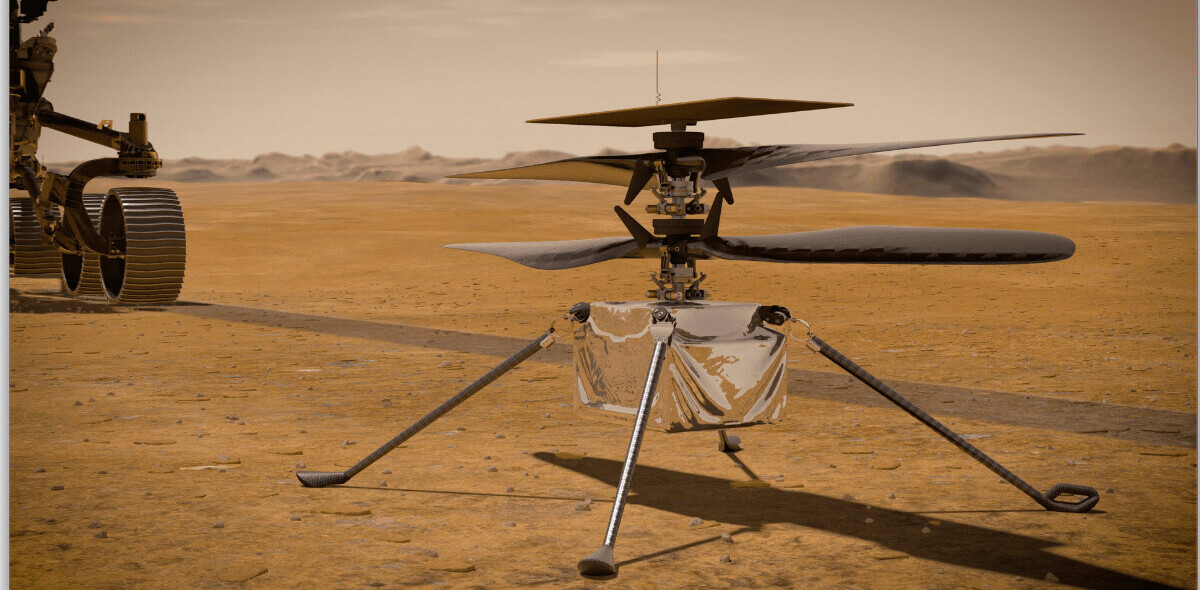The hellish world of GJ 1132 b, discovered in 2015, is only 60% more massive than Earth and is roughly the same age as our home planet. Even the atmospheric pressure at the surface is similar to that here on Earth.
However, this is where the similarities to our life-giving world come to an end. Unlike our own world, GJ 1132 b, found 41 light-years from Earth, is covered in a toxic cauldron of gases. Oddly, this may be the second atmosphere that has encompassed this world.
Utilizing the Hubble Space Telescope, astronomers examined the atmosphere of this rocky planet. They found that GJ 1132 b was once, likely, covered in an atmosphere of hydrogen and helium.
“Starting out at several times the diameter of Earth, this so-called “sub-Neptune” is believed to have quickly lost its primordial hydrogen and helium atmosphere due to the intense radiation of the hot, young star it orbits. In a short period of time, such a planet would be stripped down to a bare core about the size of Earth. That’s when things got interesting,” NASA describes.
[Read: How do you build a pet-friendly gadget? We asked experts and animal owners]
I love the smell of methane in the morning…
This inhospitable world orbits its parent star, a red dwarf, once every 38 hours, at a distance roughly 70 times closer than the space between the Earth and Sun.
The atmosphere seen on GJ 1132 b today is a noxious blend of hydrogen, hydrogen cyanide, methane, and an aerosol haze similar to smog here on Earth. Hydrogen cyanide, sometimes called prussic acid, smells like bitter almonds and is highly toxic.
Data from Hubble, combined with computer modeling produces a likely history for this unwelcoming world. When the planet still retained its initial atmosphere, vast quantities of hydrogen were stored within the crust of the world. Following the loss of its gaseous cover, these reserves are now being released from underground through volcanic activity.
“Then the star cools down and the planet’s just sitting there. So you’ve got this mechanism where you can cook off the atmosphere in the first 100 million years, and then things settle down. And if you can regenerate the atmosphere, maybe you can keep it,” explains Mark Swain of Jet Propulsion Laboratory (JPL).
A look at what we know — so far — about the exoplanet GJ 1132 b. (Video credit: NASA Goddard)
This exoplanet is tidally locked to its parent star, meaning one hemisphere of GJ 1132 b is constantly faced toward its sun, in the same side the Moon always faces Earth.
“Artists are useful to society because they are so sensitive. They are supersensitive. They keel over like canaries in coal mines filled with poison gas, long before more robust types realize that any danger is there.”
— Kurt Vonnegut
The orbit GJ 1132 b takes around its star is highly elliptical, with significant differences between their closest and most-distant approaches. Gravitational forces flex the planet, producing heat, driving volcanoes, and the release of hydrogen from beneath the world, research suggests. A similar process is seen in our own solar system, as Jupiter’s moon Io undergoes gravitational interactions with the King of the Planets as well as its neighboring moons.
However, the crust of GJ 1132 b is thought to be extremely thin — only around 100 meters (a few hundred feet) thick. This would not support massive volcanoes as we see on Earth. Instead, magma would flow upward through a crust broken like a cracked hard-boiled egg.
The James Webb Space Telescope, due for launch on Halloween, may be able to spy beneath the clouds of GJ 1132 b, providing astronomers a first-hand look at geology on this hellish planet.
This article was originally published on The Cosmic Companion by James Maynard, founder and publisher of The Cosmic Companion. He is a New England native turned desert rat in Tucson, where he lives with his lovely wife, Nicole, and Max the Cat. You can read this original piece here.
Astronomy News with The Cosmic Companion is also available as a weekly podcast, carried on all major podcast providers. Tune in every Tuesday for updates on the latest astronomy news, and interviews with astronomers and other researchers working to uncover the nature of the Universe.
Get the TNW newsletter
Get the most important tech news in your inbox each week.






